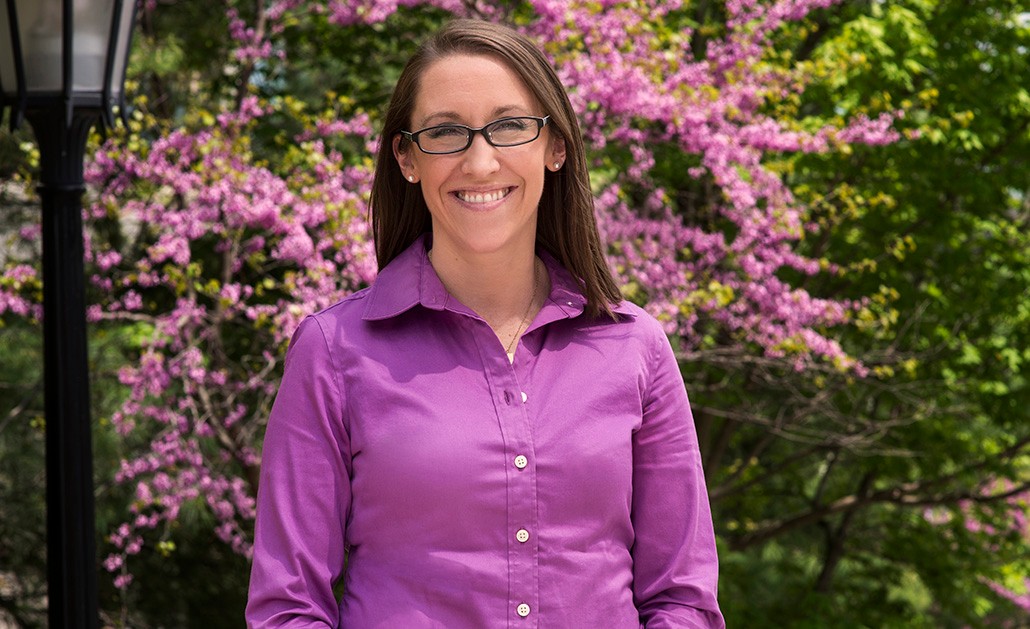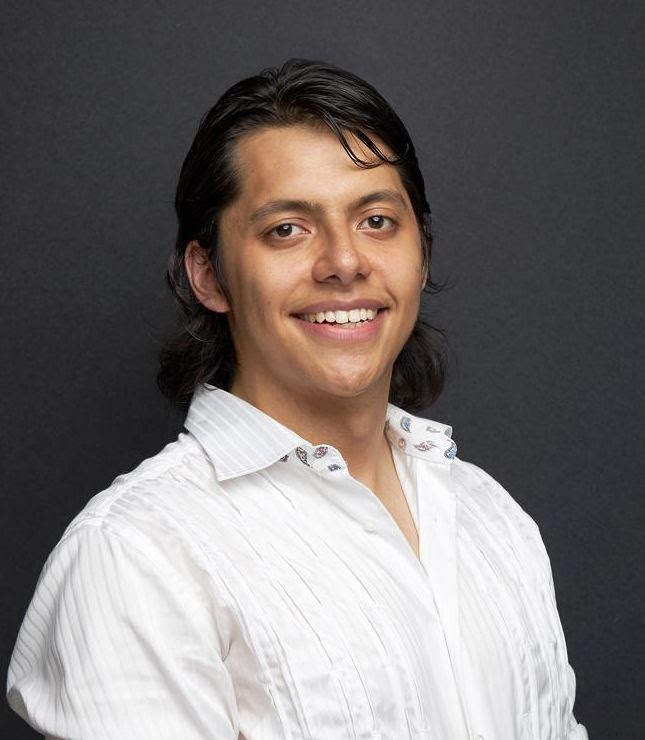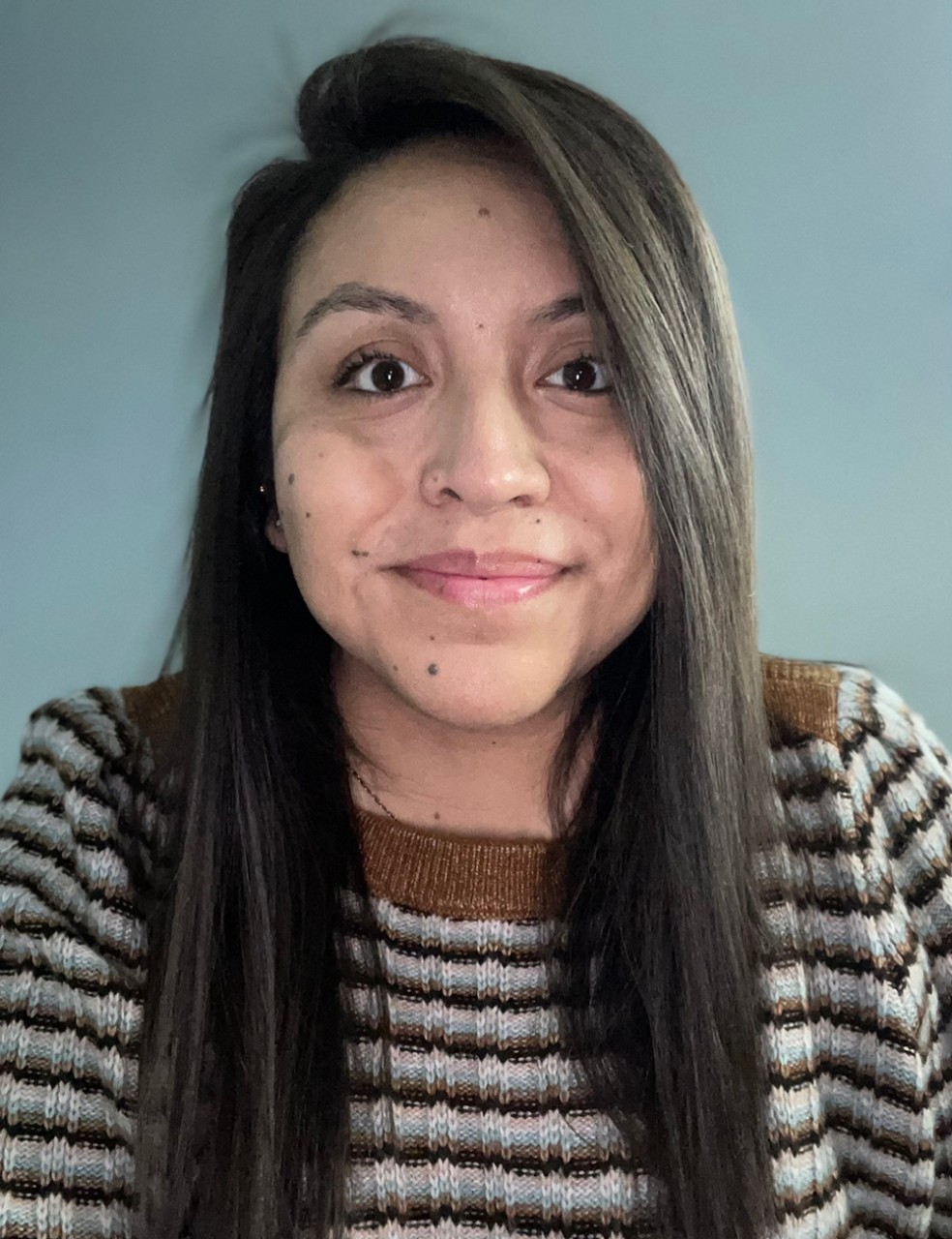
Graphic by iStock
More than a dozen students across three sections of a course in the Boston College School of Social Work flexed their creative muscles during the fall semester, composing poems, curating playlists, and designing infographics as part of their final assignment.
All students in Research Methods in Social Work Practice, which covers data analysis, sampling, and other basic social research techniques, were required to conduct a literature review. But then they had a choice: Write a traditional 10-to-12-page research proposal that builds on their findings, or get creative and create a resource, accompanied by a three-to-five-page paper, that could have a postive impact on their clients. About one quarter—18 of 70—chose the second option.
“The idea here was to encourage students to think of themselves as research disseminators,” said doctoral student Diego Suárez Rojas, who piloted the alternative assignment with associate professors Christina Matz and Thomas O’Hare. “What I mean by that is how students navigate the complexities of research consumption, think creatively how they can reach their clients where they are at, and then share the insights they learn from the research.”

Christina Matz
One student reviewed literature on post-traumatic stress disorder among veterans, with a particular focus on self-harm among men who served in the military. After discovering that many people in this population face stigma for seeking mental healthcare and view help as a sign of weakness, he created a series of infographics to help clinicians assess risk for self-harm among veterans without explicitly naming the act.
Another student examined research on music and neuroscience, with an emphasis on how certain frequencies affect the nervous system. She was interested in finding a way to lower stress in children at school and created a playlist with songs at different frequencies to help educators regulate the moods of their pupils.
A third student created a fact sheet with lay terms about healthcare proxies for critically ill patients—a fact sheet so clear and descriptive it’s now being used to train residents and clinicians at Boston Medical Center.
Matz said that both assignments—the traditional paper and the more creative option—shared the same objectives and learning goals. Each assignment had clear grading guidelines, she added, focused not on students’ level of creativity but on their ability to think critically, write clearly, and make strong arguments.
“The goal of these assignments was really to help students become much more familiar with the research lingo and the current state of research in their area,” she said, “but also to get them thinking critically about research and where the gaps are.”

Diego Suárez Rojas
Several students who chose the alternative assignment found that it made research less stressful and more relevant to their career plans. They said that it allowed them to “think outside the box” without feeling overwhelmed by writing a lengthy paper and challenged them to apply what they had learned in the course to their work in the field.
“It was fun and challenging thinking creatively about a program that would potentially be beneficial to my field placement,” one student said in an anonymous survey about the course. “It was an opportunity to be forward thinking and critically evaluate what’s working at my internship and what can be improved upon.”
The creative assignment took advantage of the power of multimodal learning, which posits that we remember and understand more when our visual, auditory, and kinaesthetic senses are being engaged. Suárez Rojas said that the educational benefits of the concept are backed by evidence-based research, noting that his latest publication synthesizes neuroscience and pedagogy to recommend changes that benefit students, educators, and administrators.

Yessica Garcia
“Sometimes people think, ‘Oh, you’re just adding some creative options to this syllabus,’” he said. “Yes, but there’s also evolutionary science, neurobiology, philosophy, pedagogy, and even activism that is backing up the ideas of this project.”
Yessica Garcia appreciates multimodal learning. During her first 18 months in the MSW program, Garcia said that she has repeatedly taken advantage of the opportunity to complete a creative alternative to a traditional research paper. For Research Methods in Social Work Practice, she created a colorful infographic that synthesized her literature review of the mental health of first-generation college students and then shared her findings with her manager at GEAR UP, a national initiative to encourage more young people to stay in school, study hard, and take the right courses to go to college.
“I really enjoyed the fact that they gave us the opportunity to think outside the box of a traditional paper,” said Garcia, who belongs to the Latinx Leadership Initiative, a cohort-based program that prepares bilingual and bicultural social workers to collaborate with Latinx communities to solve complex problems. “I have always found projects to be more engaging and I feel like they draw more to who I am as a learner and as a student.”
Pending a faculty review, the alternative assignment could be integrated into the syllabus for more sections of the research methods course next year. “This approach gives students more options,” said Matz, “and more direct connections to having an impact at their field placements.”


